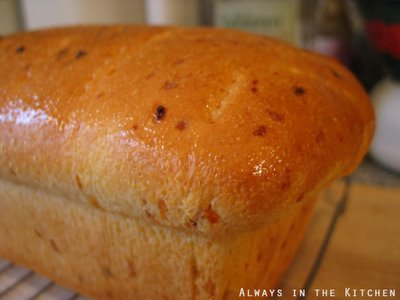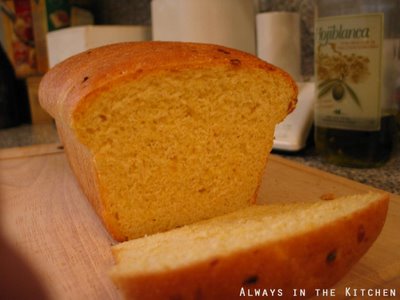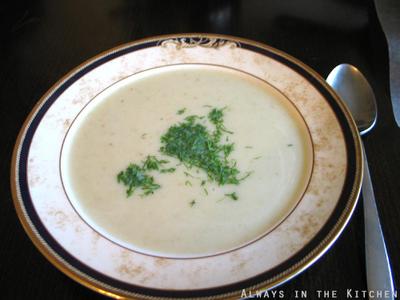 The rains are upon us, and show no sign of leaving. Unlike the grumblers that I hear around me, I don't really mind the rain, although it can make getting about a bit less comfortable and restricts certain passtimes. I'm sure even a lazy scientist could swiftly disabuse me of the notion that rain in the city is anything resembling clean, but there's a certain refreshing feeling of renewal that comes with the damp, as though nature is doing some of the housework for you. You can retain this pretense as long as you don't look down at the brownish sludge that has become of the crimson and yellow leaves that fell in the dry, cool days at the beginning of autumn.
The rains are upon us, and show no sign of leaving. Unlike the grumblers that I hear around me, I don't really mind the rain, although it can make getting about a bit less comfortable and restricts certain passtimes. I'm sure even a lazy scientist could swiftly disabuse me of the notion that rain in the city is anything resembling clean, but there's a certain refreshing feeling of renewal that comes with the damp, as though nature is doing some of the housework for you. You can retain this pretense as long as you don't look down at the brownish sludge that has become of the crimson and yellow leaves that fell in the dry, cool days at the beginning of autumn.After enough grey days in a row, however, even I start getting a little techy. This is when I turn to the large pyrex baking dish, and start sifting through recipes from Italy, Mexico, West Africa... places whose warmth is imbeded in the cuisine. I can borrow a little of that sunshine, culinarily, and cosy up on the sofa with a steaming plate or bowl of something hot - usually in more ways than one.
So, of course, I had been waiting for a suitable run of crummy weather to try out Giada De Laurentiis's Manicotti. Surprisingly, I felt the recipe needed some adjusting right from the get-go, and set about lacing the beef and ricotta filling with my triumvarate of Italian pick-me-up flavours: fennel seed, pepper flakes, and oregano. I upped the garlic considerably, too, under the theory that it would ward off any inconvenient cold or flu germs going around, but I use a LOT of garlic, so that should surprise no one.
I had the requisite amount of tomato sauce lurking in the freezer from a previous dinner, so it was a relative snap to put together. I do find that the very best tools for stuffing manicotti are one's fingers. My mother used dainty parfait spoons, whose bowls were small enough not to rupture the tender pasta, and I had a brief fling with the notion of using a pastry bag, which I eventually threw over in favour of the tools I was born with. This sped things up considerably, although it did require a bit more in the way of clean-up than more refined methods.
This is certainly a dish that I would repeat - I might find some twists and turns along the way, but it was a very tasty dinner and we enjoyed the leftovers at work for a couple of days, too. Any good dinner that also yields lunches for the coming week is worth noting. Having recently had good success with a simple pasta dish of farfalle with asparagus in a roasted red pepper sauce, I'm now eyeing the manicotti with the thought of changing up standard tomato for something a little more exotic. Mind you, I'm also contemplating finding a way to work roasted fennel slices into the filling, but that's just me: always thinking about my next meal, sometimes while I'm still eating the one I've got in front of me.



 During the above stage, the top-crust was partially rolled out and resting in the freezer. After I got the filling in and smoothed out, I took the top-crust out, let it sit on the counter for a moment, and then finished rolling it out.
During the above stage, the top-crust was partially rolled out and resting in the freezer. After I got the filling in and smoothed out, I took the top-crust out, let it sit on the counter for a moment, and then finished rolling it out.













